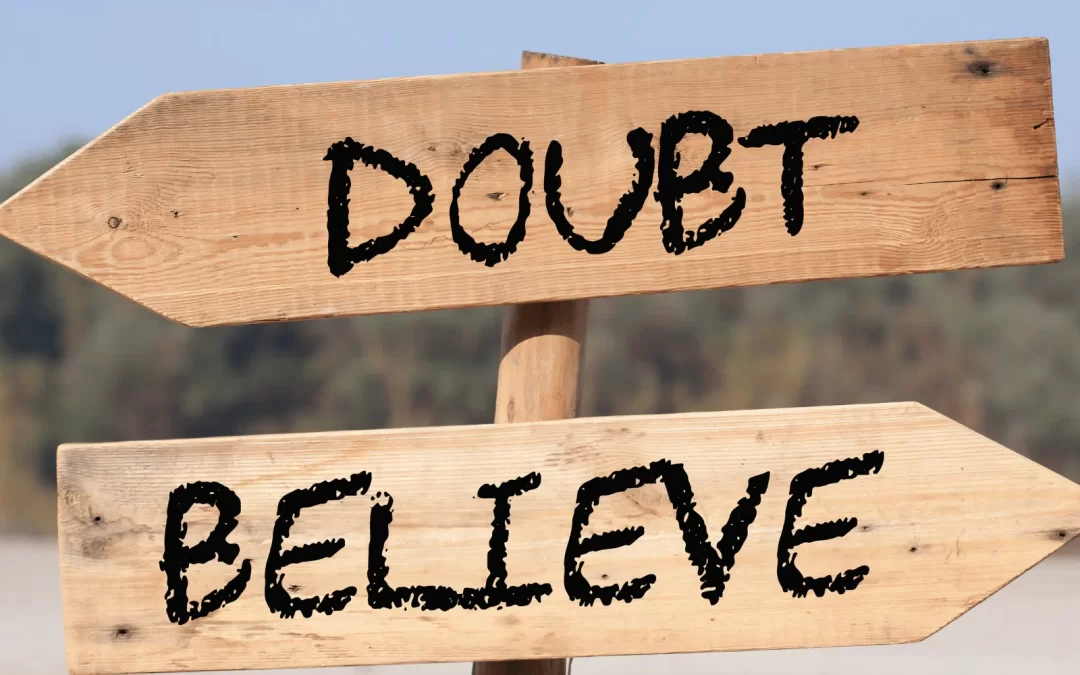Breaking Free from Limiting Beliefs: Redefine What’s Possible
If there’s one thing I’ve learned on this journey of personal and professional growth, it’s that the mind can be both an incredible ally and a serious roadblock. We all have limiting beliefs—those “truths” we carry around that hold us back, often without realising it. These are the stories we tell ourselves about who we are and what we’re capable of, but they’re often based on outdated fears, past experiences, or other people’s opinions.
What Are Limiting Beliefs?
Limiting beliefs are those little (or sometimes not-so-little) statements in your mind that say things like, “I’m not good enough,” “I don’t have time,” or “People like me just don’t do that.” They’re deeply ingrained, often to the point where they feel like the absolute truth. And on top of that, these beliefs don’t just influence our self talk; they shape our actions, relationships, and even how we view the world.
How Limiting Beliefs Form
Think of limiting beliefs as programming—usually formed in childhood or after significant experiences. Maybe you were told you “weren’t creative” by a teacher, or perhaps a failed project left you feeling like “success isn’t meant for me.” These beliefs don’t start with us as adults, but they certainly find ways to tag along and affect us in more subtle ways over time.
How to identify and overcome Limiting Beliefs
There’s a powerful approach to understanding and overcoming these self imposed limits. It focuses on helping individuals identify their “inner blocks” in this case, limiting beliefs and turn them into “empowering beliefs” that support growth and fulfilment.
This methodology encourages clients to view beliefs as choices rather than fixed facts. Here’s how it can look in practice:
1. Identify the Limiting Belief: First, become aware of what that belief is. For example, “I’m not skilled enough to start my own business.”
2. Question Its Origin: Where did this belief come from? When you really think about it, you may find that it’s based on a single experience or an outdated assumption. Sometimes, just understanding the origin can take the edge off.
3. Challenge the Truth of the Belief: Is this belief really true, or is it just one perspective? For instance, if you believe you’re “not skilled enough,” ask yourself if there’s evidence to the contrary. What skills have you gained over time? What feedback have others given you?
4. Reframe the Belief: Look at replacing the limiting belief with an empowering one. If “I’m not skilled enough to start my own business” is holding you back, an empowering belief might be, “I have the ability to learn and grow as I start this business.”
5. Take Action to Reinforce the New Belief: Finally, taking small steps aligned with your new belief reinforces it. If you’re working with “I have the ability to learn,” maybe that means taking a course, joining a community of like minded individuals, or seeking mentorship.
Examples of Limiting Beliefs and How to Reframe Them
Sometimes seeing examples can make it easier to tackle your own beliefs. Here are a few common ones:
Limiting Belief: “I always fail at new things.”
Reframe: “Learning is part of growth, and each attempt is a step closer to success.”
Limiting Belief: “I’m not smart enough to lead.”
Reframe: “I bring unique skills and perspectives to leadership, and I’m constantly learning.”
Limiting Belief: “I don’t have enough time for personal growth.”
Reframe: “I make time for things that matter, and personal growth is essential.”
Why Reframing Limiting Beliefs Matters
The beauty of reframing limiting beliefs is that it changes the way you experience the world. Instead of avoiding challenges or playing small, you’ll start looking at life through a new lens – one that’s more open to opportunity and possibility. With this approach, these reframes become part of a toolkit you can use whenever those old beliefs resurface, which they inevitably do.
Breaking the Habit of Limiting Beliefs
Remember, overcoming limiting beliefs isn’t a one and done thing. These beliefs are like habits; they may creep back when you least expect it. But each time you question, challenge, and reframe them, you weaken their hold.
Whether you’re aiming for personal growth, professional success, or simply more peace of mind, addressing limiting beliefs is a powerful step in that direction. After all, the only limits we truly face are the ones we choose to believe. And the choice is always ours to change them.

